What To Grow in a Greenhouse for Beginners
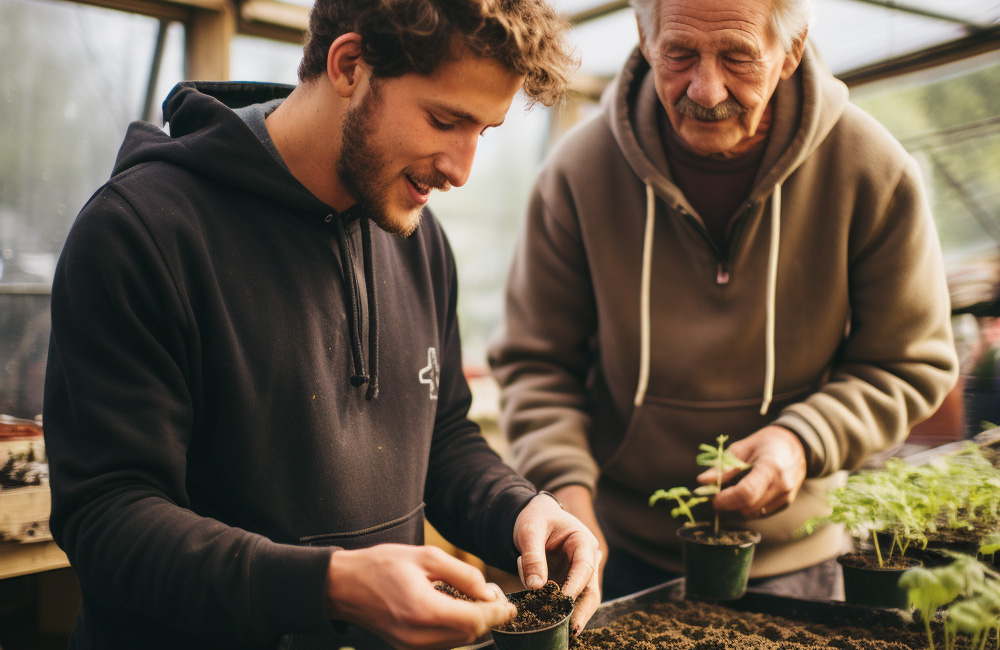
If you have recently installed a greenhouse but feel a little lost in terms of getting started, our guide to greenhouse gardening for starters is for you.
People invest in greenhouses for many reasons.
Perhaps you want to harvest your own fruits and vegetables, want to grow plants or are looking for a new hobby and skill?
If so, we have the information that you need to make a great start with greenhouse gardening.
Growing in a greenhouse can be incredibly fun, whether you’re just getting started or have been carrying out activities in a greenhouse for years.
The best way to make a great start to greenhouse gardening is to find out what the plants you want to grow need to flourish.
You’ll need to find out what conditions, moisture levels and temperatures they will require if you want to become a successful greenhouse gardener.
Best Plants for a Beginner to Grow in a Greenhouse in the UK
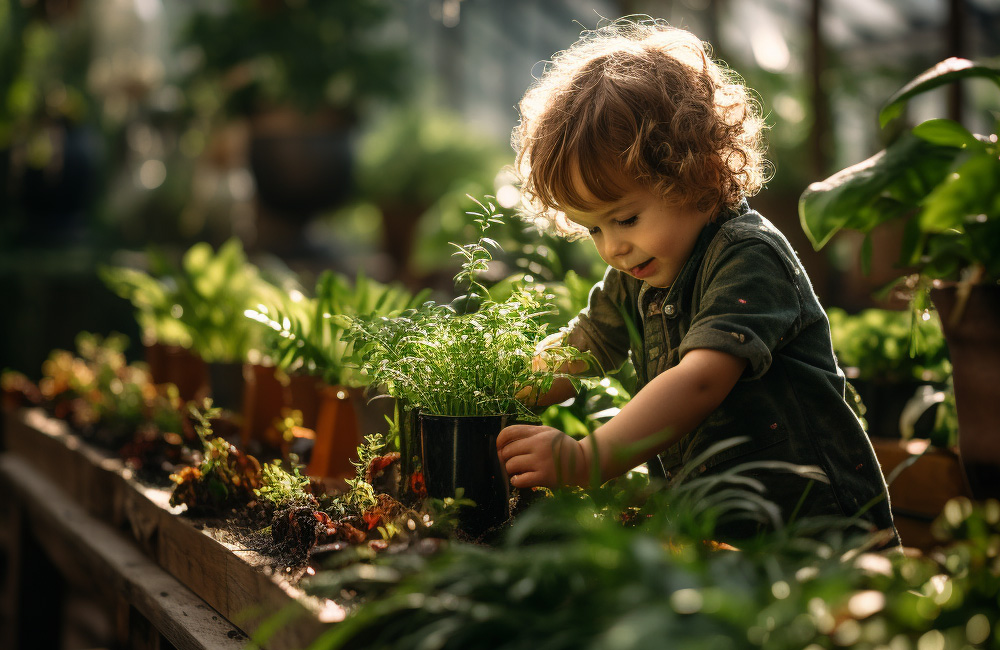
Here are the easiest plants to grow in a greenhouse in the UK if you're a beginner:
-
Lettuce: Fast-growing, cool-weather lover, cut and come again leaves.
-
Tomatoes (Cherry): Abundant fruit, compact size, quicker harvest, disease-resistant.
-
Herbs (Basil, Mint, Parsley): Compact, versatile, culinary use, minimal care.
-
Radishes: Rapid growth, small space, fuss-free.
-
Green Onions: Quick regrowth, dual harvest, easy maintenance.
-
Peppers (Bell): Warmth-loving, good yield, simple care.
-
Cucumbers: Warm and humid preference, productive, easy from seeds.
-
Marigolds: Pest deterrent, hardy, low-maintenance.
-
Zinnias: Vibrant colors, forgiving, adds beauty.
-
Chives: Perennial, easy to propagate, continuous supply.
If you are brand new to the world of gardening, it’s best to start slow.
Take everything one step at a time and avoid being aggressive to get the best results whilst you’re just getting to grips with greenhouse gardening.
You will almost certainly face difficulties along the way, but don’t let these make you abandon your gardening endeavours.
These include challenges related to soil, light, air, space, water, food, insects and temperatures.
NEED A NEW GREENHOUSE? Visit South West Greenhouses << Free UK Delivery on mini and small greenhouses, perfect for beginners.
Starting seeds
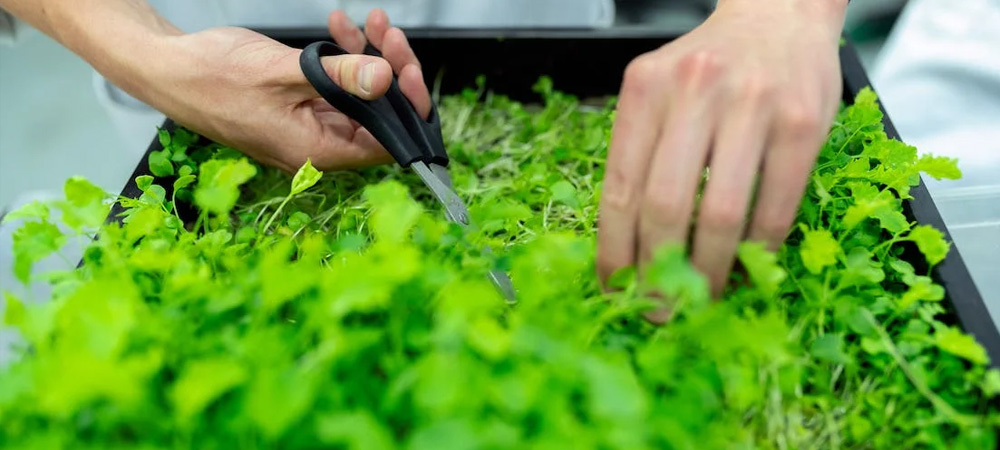
-
Greenhouses are controlled environments which allow you to extend the growing season for seasonal plants.
- Some vegetables can even be grown all year round.
-
When you’re starting seeds, it’s best to do this in plain level seed trays, hydroponic trays or single plug trays.
- You can prepare each type of seed in line with its specific requirements.
- Some seeds need to be immersed overnight and stratified before you set them in trays inside the greenhouse.
-
To make the best start, develop an understanding of the main greenhouse gardening basics for seasonal crops.
- You’ll need to be seed smart and create a list of the kind of seeds you want to plant.
- Buy a sufficient number of containers and source sterile soil so you can avoid plant diseases and pest infestation.
- You will also need to add fertiliser to your soil.
- Water your plants in line with expert advice designed for each plant and make sure your climate is capable of handling the plants you want to work with.
- You will also need to think about how much sunlight you’re receiving.
-
When you’re just getting started, make sure you can identify the label and date per seed you have planted.
- You should also record information on your seed packets so it's easier to recognise your plants.
- Take a look at the packaging to find out what the germination rate for each seed is and how many seeds you will need to reach the right number of seedlings.
This video is a great beginner's guide:
Heirloom seeds
Heirloom seeds are incredibly popular with gardeners. Heirloom vegetables are renowned for their flavour. They deliver a genetic variety for future cultivation and the seeds are typically adjusted to the local environment. They are ideal for seed swaps, and the seeds can be kept for another year. On the downside, your plants won’t be identical, and you’ll need to separate the cross-pollinated species. You’ll need to remove unusual plants, and there is no hybrid vigour.
Open-pollinated
These seeds are also referred to as ‘true-to-type’ seeds which can be relied on to produce a true plant. They generate plants that are related to their parent plant, which is great for seed conservation.
The meanings of seed labels
Hybrid seeds
Hybrid seeds are very popular because they are easy to get hold of at garden centres. These seeds are also referred to as F-1 seeds. These seeds deliver bigger, healthier plants and are renowned for their consistent production.
They can also be harvested earlier and won’t give you big challenges related to ecological stress, diseases and pests. However, they can be more expensive than other seeds. You can’t store seeds from hybrid plants for longer.
Organic
These seeds are from plants which followed the organic standards of the territory they were grown in.
GMO
GMOs cross genes from separate plant kingdoms. It’s possible for any kind of seed to be GMO or open-pollinated, hybrid or heirloom unless it has approval as organic or non-GMO.
Non-GMO
These seeds aren’t grown with “recombinant DNA technology”. Non-GMO seeds are developed via specific or random pollination.
Percent germination (germ)
This tells you how many seeds will sprout easily.
Hard seed
These seeds don’t develop readily due to a thick seed coat.
Dormant seed
These seeds don’t sprout readily because they require pre-treatment or weathering.
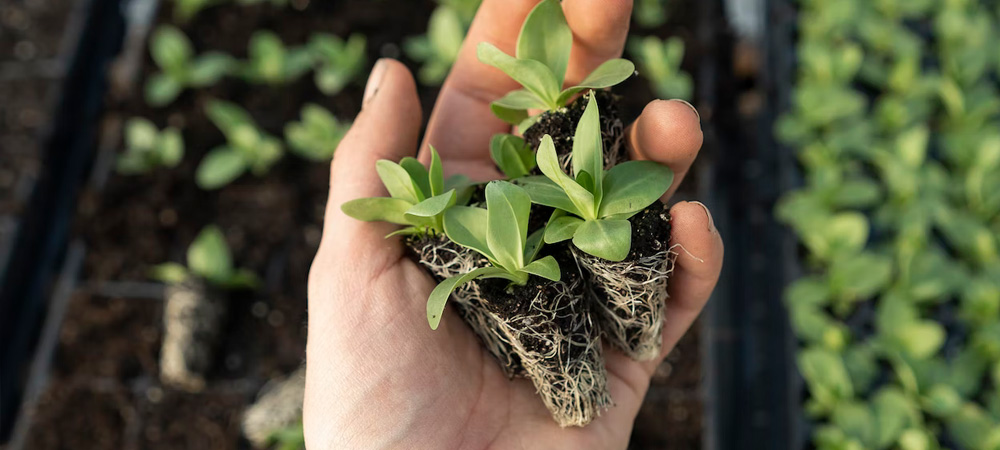
Greenhouse Growing Tips for Beginners
Light
There are some things that your greenhouse can’t do, such as make the days longer. The majority of your plants will need light to flourish as light is essential for photosynthesis. However, not all light sources are alike. When you’re looking for a lighting system, think about the kind of plants you’re growing, the season and how much daylight you can achieve.
Plants reach in different manners to the intensity and span of light. As plants continue to grow and the number of leaves rises, more light will be needed. The vast majority of light used by plants is in the noticeable light spectrum.
Red and blue lights are the wavelengths of lights most widely required in photosynthesis. Various manmade light sources have varied colour blends that may meet your plants’ photosynthetic needs.
During the summer and late spring months, your greenhouse should get the light it needs for plant germination and growth. However, you may need to buy an additional light system if you want to plant during the winter and late autumn months. LED grow lights and fluorescent lamp strips will work well if you do wish to plant at these times.
They cover a large surface area and give the full spectrum of light required by your crops.
If you don’t get many hours of winter sunlight, it’s a great idea to supplement your grow lights. Whether you want to boost a specific plant or want to grow throughout the winter period, this is a good idea.
Temperature control
Another thing you’ll have to think about when you’re ready to become a greenhouse gardener is temperature control.
Simply by owning a greenhouse, you have already made a head start with temperature control. Nonetheless, you should think about getting a gas or electric heater so you can extend your growing season throughout the winter months.
An evaporative cooling system will enable you to get through the summer months if you reside in the right kind of territory.
During the warmer months, you will need to keep your greenhouse cooler so your plants can survive. At this time of year, moisture within your greenhouse is almost always close to the peak due to how much greenery there is. Leaves tend to carry out a process called transpiration, which sees them discharge moisture within the environment from pores in their exteriors.
You need to make your ‘plants’ think that they are in a different climate. The main purpose of a greenhouse is to trap in the warmth of the sun. If you don’t modify the temperature of your greenhouse in line with your needs, the temperature will keep rising or falling depending on the wider climate. If you have monetary concerns, look for a heater or cooler that you can easily afford to run to keep your bills down.
The purpose of evaporative cooling is to regulate temperature and to add moisture back into the environment. An effective heating system will enable you to sustain the required temperature throughout the clock.
If the temperature normally drops below a particular requirement, it’s wise to purchase a programmable heater that comes with automated timers. These heaters are very effective when it comes to propagating seeds and seedlings during cold weather. You can cut your energy bills even
further by using propagating heating mats.
Watering
It’s essential to find out what the watering requirements of your plants are. This will help you avoid over and under-watering your crops. If you don’t water your crops properly, you could face problems including irregular drying, decreased shoot and poor-quality plants that don’t last very long. You may find yourself using plenty of pesticides and growth controls to make up for the effects of incorrect watering.
Plants tend to have varying requirements when it comes to the volume and frequency of water that they need. Overwatering can happen when watering is carried out too often, not just when a great deal of water is applied.
A drip system can help you regulate the amount of water your plants are receiving. These systems often come with timers and drip gauges to give you more control.
Each plant needs to be checked for its watering requirements. Your plant will need watering if it has a light colour or if the compost looks dry and dusty. Apply water to the roots as opposed to the leaves.
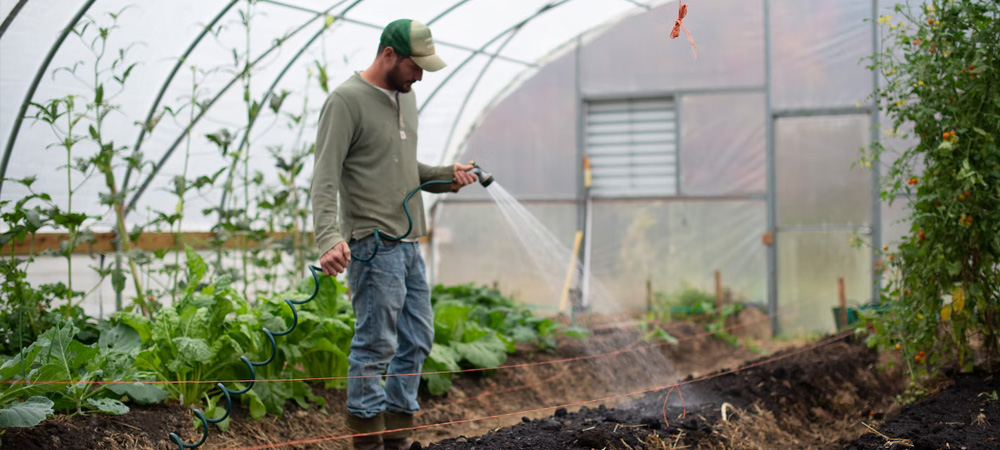
Accessories
There are many accessories available that can make your workload easier. Popular accessories include fans, mist systems, tool racks, potting benches and shelving. When you are shopping for accessories, think about what your plants specifically need, how much space you have available and what you would like to have available.
Some plants need a slow steady supply of water from drip irrigation systems to aid their growth. Some other plants only need general water that’s delivered with no special system.
Basic greenhouse accessories
Let’s take a look at some of the basic greenhouse accessories you may require right now
Shelving can help you save space and ensures your greenhouse is tidy and organised. Fans can help you overcome problems with pests by removing excessive dampness and condensation. They can purify and cool your structure, especially when they are used alongside a quality ventilation system.
Although thermostats are small items, they can play a pivotal role in helping you to achieve success in your greenhouse. Some plants are only likely to thrive in specific temperatures, and your thermometer will tell you whether you’re maintaining the right temperature or not. Shading is ideal for helping your nourish plants that don’t need a lot of light to grow.
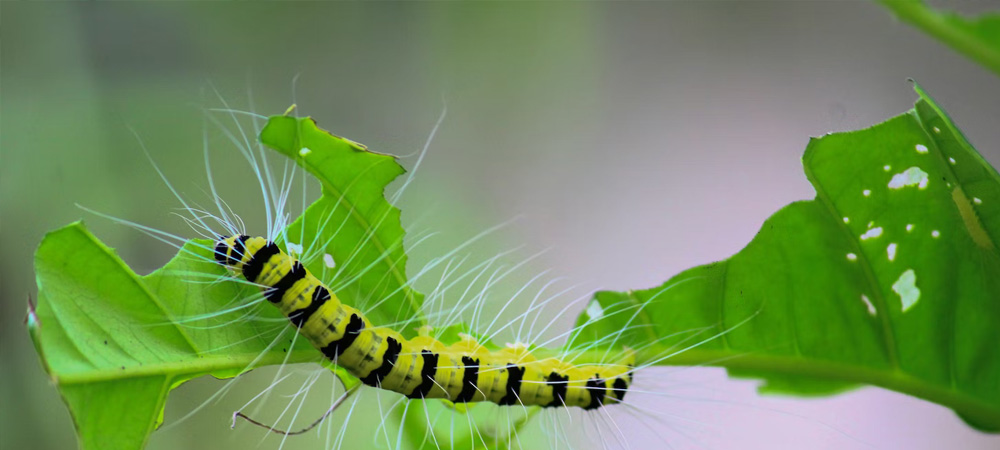
Pests control for greenhouse beginners
Pests can thrive in greenhouses due to the humidity of the environment. The best thing to do if you want to overcome pest problems is to find a way to quickly discover and analyse pests. This will help you swiftly put a remedy in place so your greenhouse can continue to thrive and you can avoid financial losses.
Which pests do I need to look out for?
Slugs and snails
You’re likely to see more slugs and snails inside your greenhouse when moisture levels are high. These fleshy, slimy creatures are nocturnal. Keep your greenhouse clean to help you keep on top of problems with slugs and snails. Remove leaves, uprooted waves, used boards, bricks and rocks to avoid these issues.
Bloodworms
Bloodworms are long roundworms that aren’t dissimilar to fungus gnat larvae. They lack limbs and have brown heads. Haemoglobin gives these creatures a reddish colour.
Aphids
By pruning and cleaning carefully, you can prevent aphids from damaging your plants. Aphids are soft-bodied insects which fill the leaves of your greens.
Thrips
Thrips come in colours ranging from brownish to black. They can cause damage that’s moderate to critical. Ways to overcome problems with thrips include using screens on vents and regulating weeds.
Related reading:
- How to Use a Greenhouse for Beginners
- How to Heat a Greenhouse
- How to Shade a Greenhouse
- Internal vs External Shade for a Greenhouse
- Beginners Guide to Allotments
- What Vegetables to Grow in a Greenhouse
- What to Grow in a Greenhouse for Beginners
- How to Grow Seeds in a Greenhouse
- Why Do Plants Grow Faster in a Greenhouse?
- Best Greenhouses
What are the most common greenhouse gardening mistakes?
Ventilation
Your plants are likely to die if your greenhouse doesn’t have enough ventilation. Roof vents will help you release the warm air, and a small fan can help you maintain a sufficient amount of air circulation.
Soil
Soil control is important but can be very challenging. It’s a good idea to apply a blended soil mixture during the process of preparing your bases. Old potting soil is best avoided due to the pests and diseases it carries.
Temperature
If you fail to take a look at greenhouse temperatures on a regular basis, your greenhouse plans could fail. A basic thermometer can help, but a digital thermometer can also tell you about humidity levels so you can prevent heat loss.
Humidity
If your greenhouse is too humid, you’re likely to face problems with mildew, bugs and mould. If your space isn’t humid enough, your plants could die of thirst. Misting is very effective when it comes to boosting humidity.
Trees
Roots from nearby trees can affect your plants. They can steal nutrients and moisture that your plants require. You may also experience problems with shade. If you want to care for your plants effectively, ensure your greenhouse isn’t placed too close to your trees.
Conclusion
We hope you enjoyed our article on how to grow in a greenhouse for beginners.
If you have any questions, leave them in the comments, or email info@swgreenhouses.co.uk.
 Author:
Author: